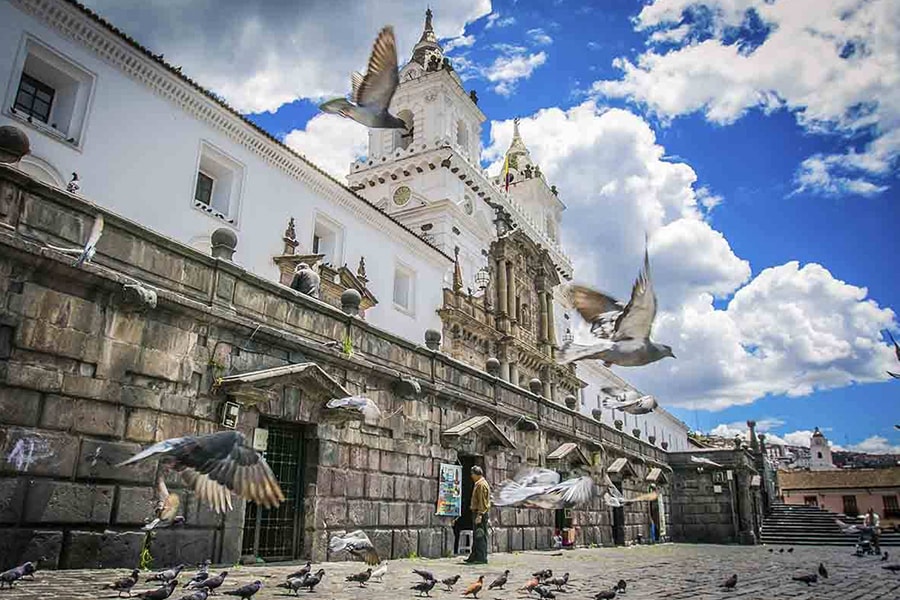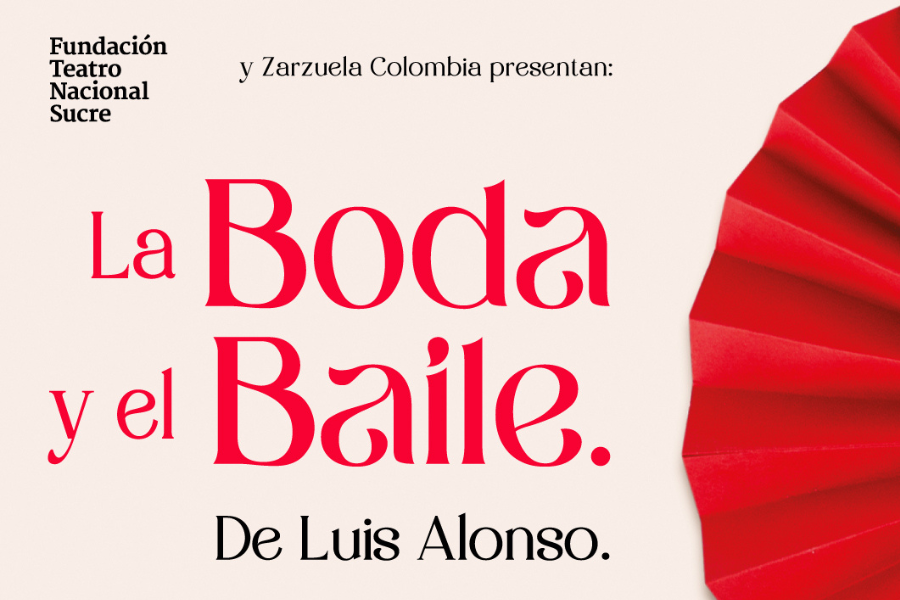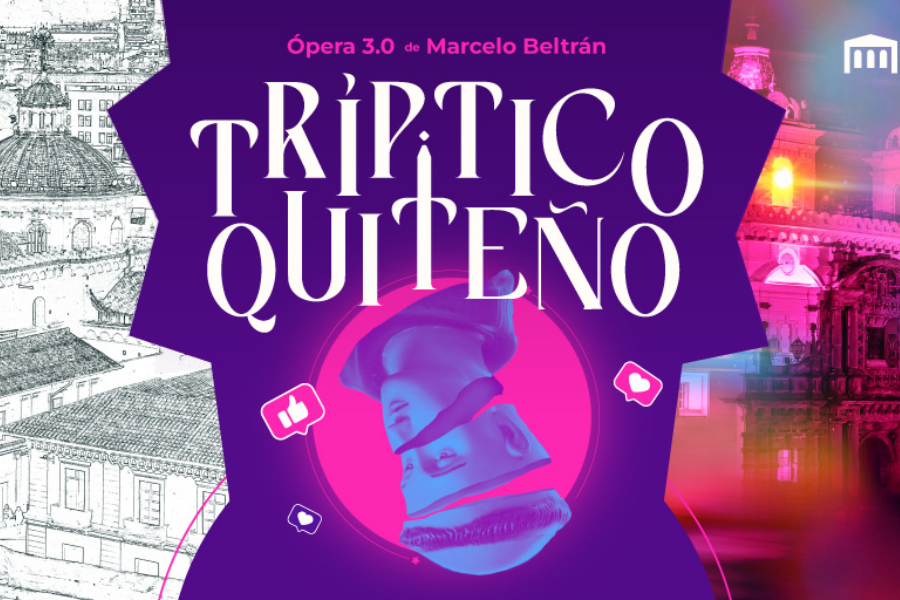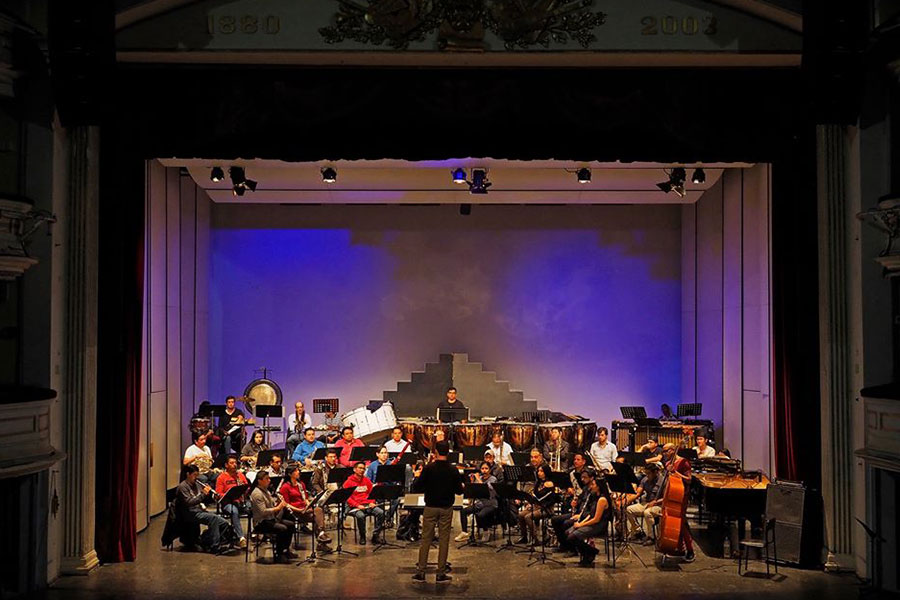Quito, a colonial treasure

Among the historic streets, churches, convents, museums and squares of Quito, the first Forum of communication and audiences will be held from October 23 to 25 at Teatro Nacional Sucre.
.
Escorted by powerful Andean mountains and volcanoes at 2,800 m above sea level, the spectacular old city of Quito stretches over its 320 hectares as the largest preserved historic center in the continent. Among its streets, you can find 40 churches and chapels, 16 convents and monasteries with their respective cloisters, 17 squares, 12 convent and refractory courtyards, 12 museums and innumerable gardens.
.
Many of its buildings have withstood the ravages of nature for centuries, and today they are the home of a treasure full of artistic, cultural and historical riches, taken care of over the centuries. UNESCO recognized this fact in November 1978 when it declared Quito as the First Historical and Cultural Heritage of Humanity.
.
The authorities of Quito celebrated the twentieth anniversary of this appointment by transforming the Historic Centre, recovering its elegant public spaces, its grandeur and legacy. New museums have been inaugurated, restored mansions, cultural centers, restaurants, hotels and open cafes. The heart of the city beats with renewed vigor, cultural life and pride, while its citizens and visitors enjoy its extraordinary attractions. A few months after celebrating the 40th anniversary of the appointment, and thanks to these efforts, the jewel in the Ecuadorian crown shines today more than ever.
.
The Basilica del Voto Nacional is the perfect place to start the tour of the Historic Center of the city. It is the largest neo-Gothic church in Latin America, the most important characteristic of its facade, are the gargoyles, which maintain a direct relationship with its design. It is also a strategic viewpoint of the Historic Center and the north of the city.
.
It rises in the heart of the traditional neighborhood of San Juan, on what was the sacred hill of Huanaucari in pre-Columbian times. From the balconies of its towers you can see the view of almost the entire city, as well as it can be recognized several kilometers away.
.
Its architect was the French Emilio Tarlier, who made the plans from 1890 to 1896, was blessed by Pope John Paul II in 1985 and officially opened in 1988. Although it has an air of unfinished construction, one of its charms in addition to its majesty are the stained glass windows and gargoyles that incorporate emblematic species of the country such as iguanas, alligators, tortoises and even blue-footed boobies.
.
Do not leave Quito without visiting the Alabado House Museum, where a fascinating collection of pre-Columbian art awaits you. It is one of the great attractions of the city, and it is located in an almost mythical residence, in front of which the neighbors crossed themselves when walking through the lintel of its main door where it reads “Praise the Most Holy Saint!”. More than five thousand pieces that cover an enormous legacy of up to 3000 years before the arrival of the Spaniards, are shown in a permanent exhibition of great curatorship and elegance. It is considered one of the most beautiful museums in Ecuador.







